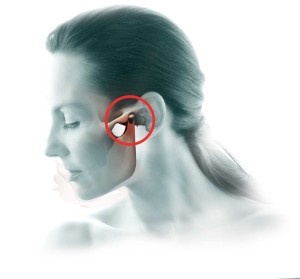TMJ treatment is specific to the individual. However, there are some consistencies with the course of treatment that offer a good idea of the timeframe most patients will experience.
How long does TMJ treatment take?
The length of treatment depends on the condition we’re trying to help you with. Each treatment plan and orthotic are “one of a kind” to a person’s diagnosis and anatomy, however, there are generalizations. Just as orthodontics (braces) have a somewhat predictable course of treatment, so does TMJ/TMD treatment.
Many patients come to see me for pain, for jaws that can’t open, or a sudden change in their bite. Most of the initial treatment is for pain relief and to get the patient’s mouth to open when the jaws have “locked” or become “stuck” after a time of clicking or a specific event.
Initially we meet for an hour to review what has happened, perform a screening exam (and sometimes take a jaw joint x-ray), discuss what I believe has happened, and the options to help you. I also review your concerns and hear what you hope for with treatment. At this point, a diagnostic appointment is set up that allows for two hours. This can typically be within a week or two. I maintain time in our schedule so that patients don’t have to wait to begin their care. The diagnostic appointment collects all of the necessary information to diagnose their condition, clarify diagnosis and treatment options, and obtain the records to construct the orthotic or orthotics. After you leave, we send the models and prescriptions for your custom orthotic(s) to the lab for construction, which takes around two to three weeks. We will make that next appointment on that day for you.
Typically, I will see a patient every 3 weeks for approximately 4 months. Most patients have reached a significant level of improvement and stability within that time. When our goals have been reached or progress has plateaued, we then discuss what long term options are available.
Most patients will continue to use the orthotics on a specific schedule for 6 months to see if they remain stable. Some cases will require more sophisticated, computer-aided design orthotics over several months for maximal stability and consistent relief.
If a change in your bite or occlusion has occurred, and you want to correct it, we also discuss what options are available that you may want to pursue. The majority of patients use their orthotics part-time and are fine.
The ideal time to start treatment is before the jaw becomes locked or you are in extreme pain. There are precursors that you may experience for quite a while before you reach a place of dire need. You may want to check this blog post, which describes symptoms other than jaw pain that could indicate a more serious condition in the future.
Schedule an evaluation now to prevent an emergency later.



